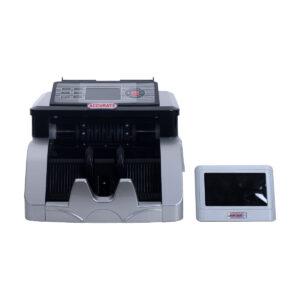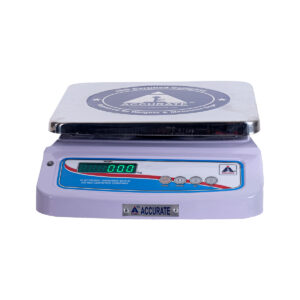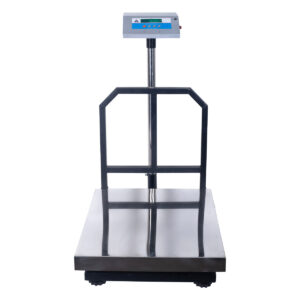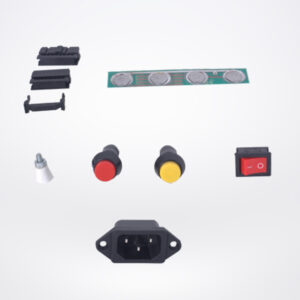A simple spring balance or lever type self-indicating Weighing scale is self-constrained
as regards its energy requirements. The disposition of the load provides the energy to
move the indicator by an amount proportional to the deflection of the lever work or
the extension of the spring.Non – self-indicating and semi – self-indicating scales have the
additional energy requirement of the disposition of weights or
counter poises, usually a manual operation, but one which can be
and has been mechanized.
Automatic load balancing, in full or part, by the dispositioning of
weights and counter poises by electrical means is a relatively later
development.
Unit- Weight disposition - Industrial weighers
Figure shows the back of the main cabinet and the master dial. The Unit-weight handling
forks can be seen to be actuated by a sector gear which is locked by a pawl entering an
attached subsidiary square notched sector; the pawl is operated by means of a solenoid.
At a signal from the slave’s notched disk, the solenoid operates, lifting the pawl and closing twin microswitches by means of an attached lever to start the electric motor turning. Drive
is by way of a gearbox and an electro magnetic clutch to a shaft which carries a worm-gear
engaged with the sector gear already mentioned. Drive continues until the unit weights
thereby positioned bring the pointer on to the chart, when the microswitch in the slave unit opens to drop the pawl and stop the motor.








